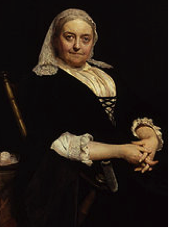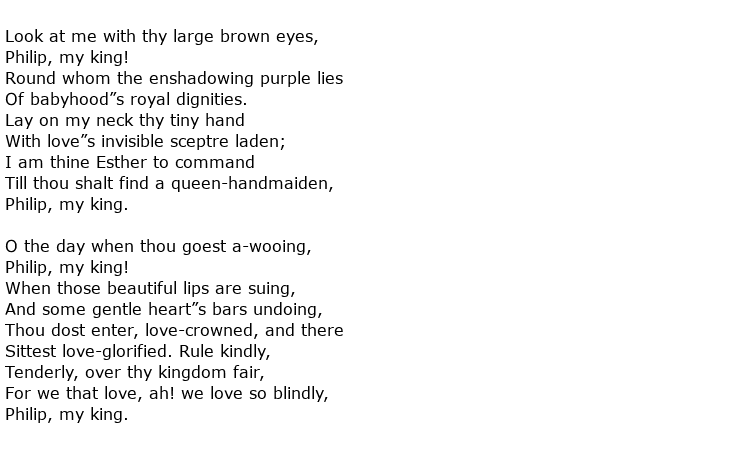 Dinah Craik was a 19th century English poet and novelist. Some of her work is credited to Mrs Craik while her earlier efforts were published under her maiden name of Mulock. A writer of great imagination she initially wrote for children, although she did not limit herself to this field of literature as time went by.
Dinah Craik was a 19th century English poet and novelist. Some of her work is credited to Mrs Craik while her earlier efforts were published under her maiden name of Mulock. A writer of great imagination she initially wrote for children, although she did not limit herself to this field of literature as time went by.
She was born Dinah Maria Mulock on the 20th April 1826 in the Staffordshire town of Stoke-on-Trent although the family moved to nearby Newcastle-under-Lyme while Dinah was still young. Her father was a minister there with varying fortunes. Despite the uncertain nature of her childhood she had a good education and had leanings towards being a writer from quite a young age.
The whole family moved to London when she was aged twenty. She wasted no time making new friends who were also writers such as Camilla Toulmin, who in turn introduced Dinah to the dramatist and literary critic John Westland Marston. She found an audience for her stories for children and one of her best known works of this genre was Cola Monti, published in 1849. Encouraged by its success she brought out a three-volume novel the same year called The Ogilvies which was also well received.
During the next four years she had a number of other titles published including a delightful fairy story called Alice Learmont (1852). Besides books she had short stories published in a variety of periodicals and she was regarded as a writer who displayed a vivid imagination. Her reputation was spreading and her cottage in Hampstead, north London attracted a wide circle of friends and literary acquaintances. Everyone was charmed by her good heart and openly friendly attitude to all who came across her.
By 1857 she published a novel that enhanced her reputation even further and is, arguably, her most famous work. John Halifax, Gentleman was a charming portrayal of the middle classes in England. During the 20th century two film versions were released and, in 1974, a BBC series was broadcast based on the book. Dinah’s book has been compared favourably with that of another great female writer, George Eliot.
As the years went by she seemed to resort to producing work with didactic overtones, often moralising about what she saw as injustices and unfair treatment of people. Three good examples of this style of writing can be found in A Woman”s Thoughts about Women, Sermons out of Church and The Unkind Word and Other Stories. She did, however, “soften” her approach towards the end of her writing career and she reverted to the charming style that had been employed right back at the beginning. Her children’s book The Little Lame Prince, published in 1874, received much praise. By 1881 she decided that an anthology of her poetry should be seen and so Poems of Thirty Years, New and Old was released. A good description of this collection would be to say that they contained moments of tenderness, descriptions of domesticity and poems of real enthusiasm, written from the heart. Particularly popular were Philip My King and Douglas, Douglas, Tender and True. The first of these was written for her godson, the poet Philip Bourke Marston.
Here are the first two verses of Philip My King:

Dinah was married in 1865 to George Lillie Craik who was a partner in the publishing house of Macmillan and company. They had no children of their own but adopted a baby girl, Dorothy, in 1869. Her life came to an end tragically, just a few weeks before her daughter was due to marry and it was reported that her last words were:

Dinah Craik died on the 12th October 1887, aged 61.

